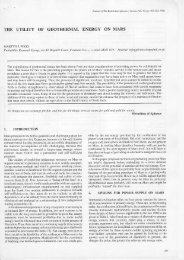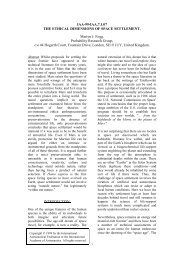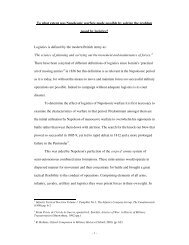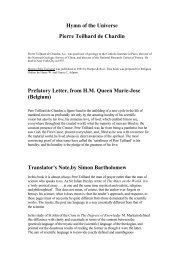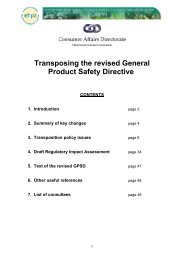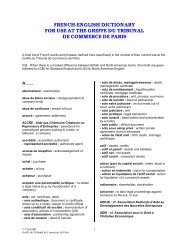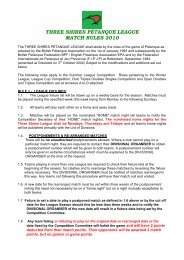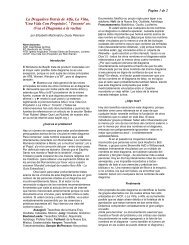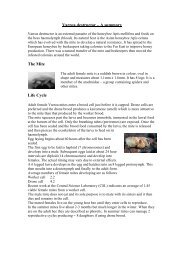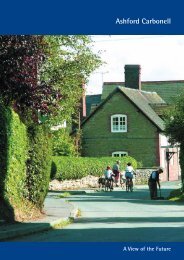Tibetan Herbal Medicine Core Curriculum [PDF]
Tibetan Herbal Medicine Core Curriculum [PDF]
Tibetan Herbal Medicine Core Curriculum [PDF]
Create successful ePaper yourself
Turn your PDF publications into a flip-book with our unique Google optimized e-Paper software.
Outcomes:<br />
Upon completion of training, the Practitioner of Traditional <strong>Tibetan</strong> <strong>Medicine</strong> (TTM) shall be<br />
able to do the following.<br />
1. Offer diagnosis and treatment based upon the holistic approach of TTM, in<br />
which the mind and body are recognised as being interdependent.<br />
2. Offer diagnosis based upon visual and tactile observation and questioning, as follows.<br />
1. Visual observation is based upon a general appreciation of the patient's<br />
complexion, appearance and comportment, a brief examination of the eyes and ears,<br />
and a more detailed examination of the tongue and of a urine sample. Urine<br />
examination is further divided into eight sections<br />
a. Advice regarding procedures to be followed the night before urine<br />
examination.<br />
b. Time of examination.<br />
c. Appropriate container in which to check the urine of the patient.<br />
d. Changes of urine as it cools.<br />
e. How to recognise a healthy person’s urine.<br />
f. How to recognise a diseased person’s urine.<br />
g. How to recognise a dying person’s urine.<br />
h. How to recognise the urine of someone under severe mental disturbance.<br />
2. Tactile observation: takes the form of a general physical check and pulse reading.<br />
Pulse reading is divided into 13 sections, which the practitioner has to know –<br />
a) Procedures to be followed the night before reading.<br />
b) Correct time of pulse reading.<br />
c) Correct vessels for pulse reading.<br />
d) Extent of pressure applied by the fingers of the practitioner to read the pulse.<br />
e) How to read each specific type of pulse.<br />
f) How to distinguish the three "constitutional" pulse types.<br />
g) How to interpret the pulse according to the four seasons and the five elements.<br />
h) About the presence of "extraordinary pulses"<br />
i) How to distinguish between the various healthy and diseased pulses.<br />
j) How to distinguish between general and specific pulses.<br />
k) How to detect death pulses.<br />
l) How to detect the effect of severe mental disturbance in the pulse<br />
m) About the "lifespan pulses".<br />
3. Questioning means enquiring about the case history of the patient, as well as about<br />
signs, symptoms and the evolution of the illness presenting. The practitioner shall<br />
maintain and keep in confidence all records in relation to the patient.<br />
66


![Tibetan Herbal Medicine Core Curriculum [PDF]](https://img.yumpu.com/32594566/2/500x640/tibetan-herbal-medicine-core-curriculum-pdf.jpg)
